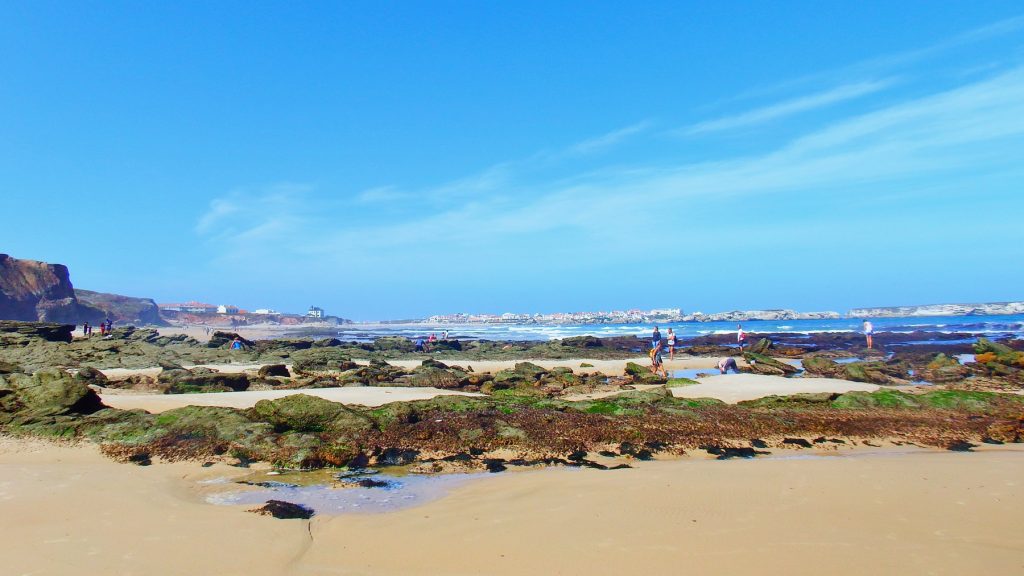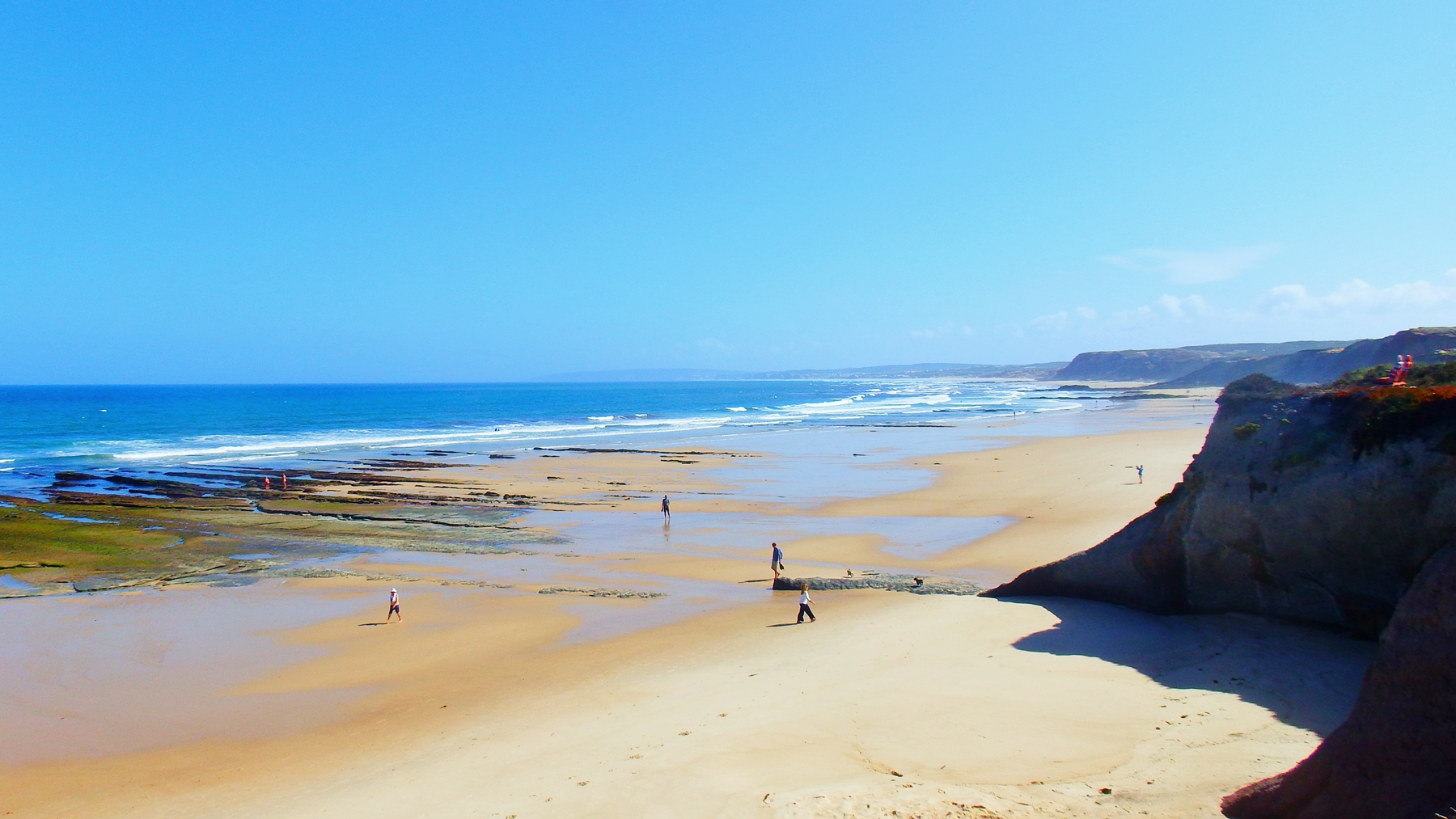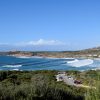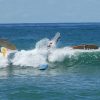High tide & low tide – two of the most frequented words in surfer’s language. You can hear it everywhere and from everybody, no matter if they are beginners or expert surf gurus. It’s easy to get lost, so let’s try to put some order in the chaos of tidal information.
The tides are the rise and fall of sea levels caused by gravitational forces of the Moon and the Sun combined with the rotation of the Earth.
For us surfers, it means that sometimes there’s more water on the beach and sometimes there is less.
Because the waves only break in certain depths (or shallows), the tides affect us greatly. Experienced surfers can predict how the waves could look like based on the tide and the shape of the coast. What makes it difficult is the variety of situations and the ever-changing conditions.
The tide could have different effects on small waves compared to a big swell, so it’s important to take the wave size into the account too.
Here is a handy chart on how the waves usually behave in smaller surf conditions:
| SMALL WAVES | High tide | Mid tide | Low tide |
| Gradual beach | ok | closeouts | flat |
| Steep beach | flat | fat waves | closeouts |
| Shallow reef | ok | closeouts | dry! |
| Deepwater reef | flat | fat waves | ok |
| Point break | flat | flat | fat waves |
Once the waves get bigger, things may change a little bit:
| BIG WAVES | High tide | Mid tide | Low tide |
| Gradual beach | fat waves | ok | closeouts |
| Steep beach | shore break! | fat waves | ok |
| Shallow reef | ok | ok | dry! |
| Deepwater reef | fat waves | ok | closeouts |
| Point break | fat waves | ok | ok |
As you can see, mid to high tide can be a good choice in most cases, especially for a beginner. But there are many other factors playing a role.
If the conditions are right, the closeouts can change into barrels, and fat waves can have long slow-rolling walls that are perfect for practicing cutbacks or longboarding.

There’s two more important wave properties caused by the tides:
Incoming and outgoing tide
Incoming tide (low to high) is usually making the waves stronger as the two forces (wave+tide) combine in one direction. Outgoing tide (high to low) tends to make the waves weaker and sometimes even cause more currents because of the interference between the wave and tide direction.
The shape of the wave
The waves break slightly different during the tide phases. High tide usually makes them slower & more crumbling. This gives us more time for the takeoff but also a less steep wall to perform critical maneuvers. At low tide, the waves are faster, more dumping, and powerful. The time for catching the wave and takeoff is limited and maintaining speed is a key to avoid a closeout. Barrels are more likely to happen during low tide.
As you can see, knowing the tide is very important for every surfer. And it’s even more important to understand its effects on each surf break. Only a smart surfer can be sure to paddle out in the best conditions and enjoy every wave.




